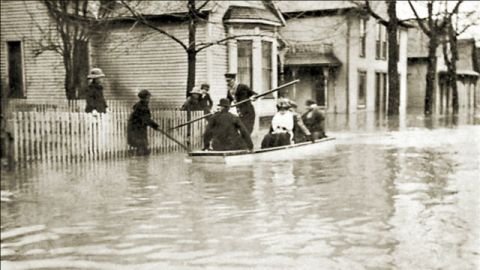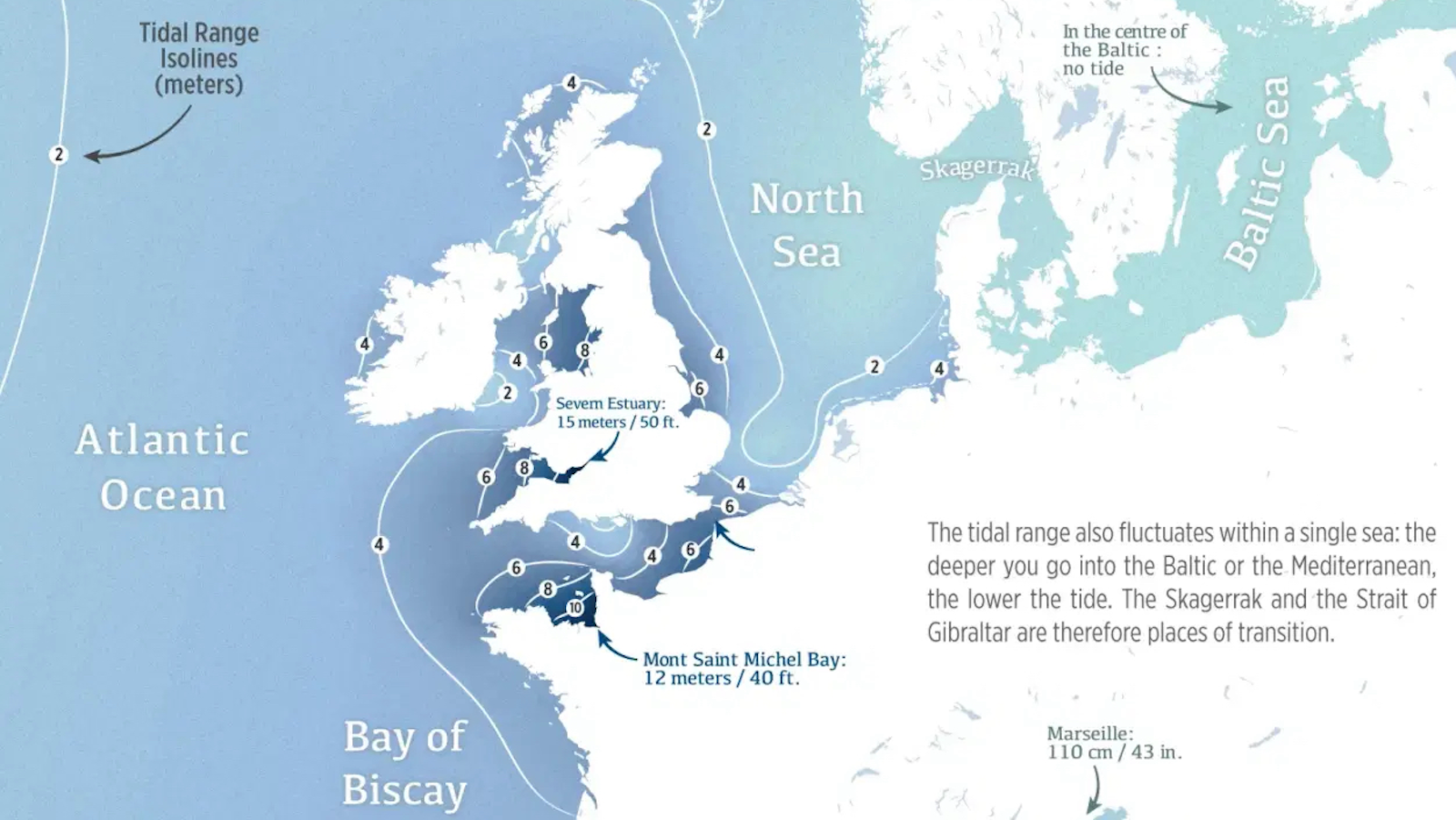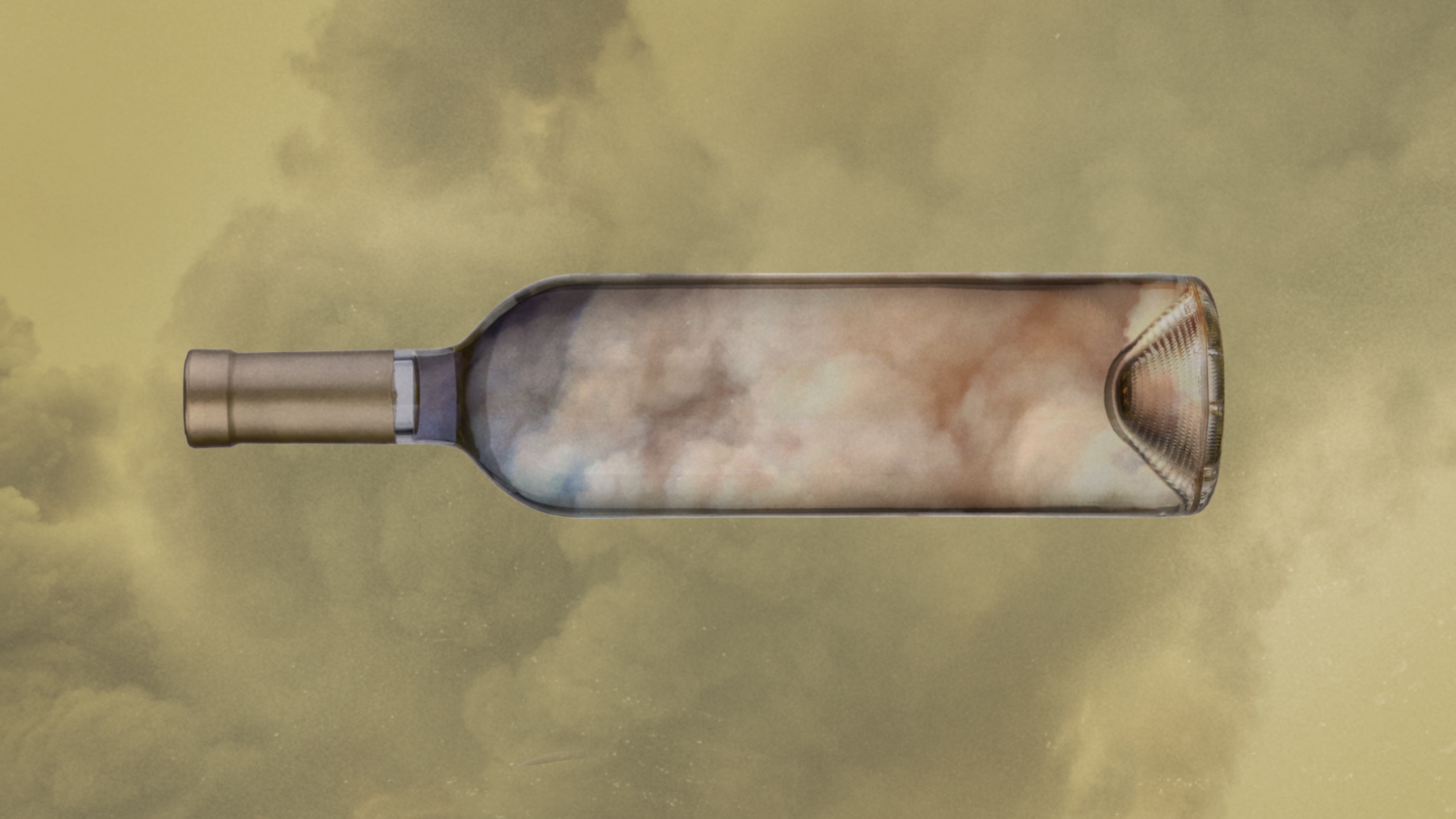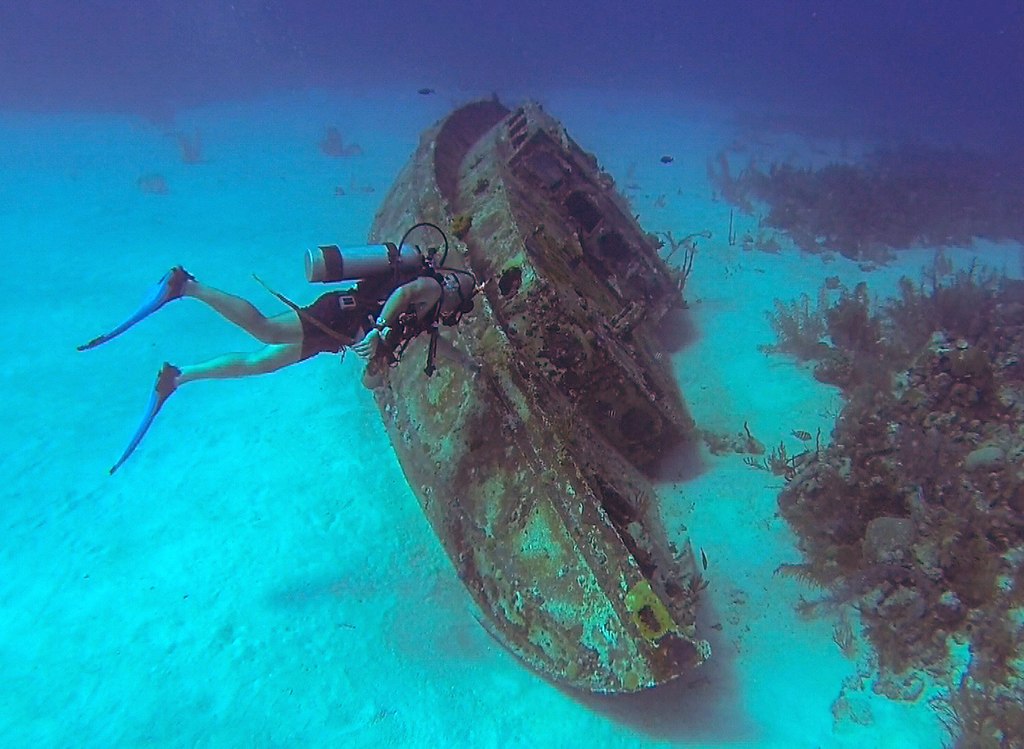When a Dam Break Killed 2,209 Americans

Editor’s Note: This article was provided by our partner, RealClearScience.
One of America’s greatest tragedies is curiously absent from most U.S. history textbooks. On May 31, 1889, the South Fork Dam failed, and the ensuing flood killed 2,209 people living in and around Johnstown, Pennsylvania.
The tragedy remains one of the darkest in American history. According to a list compiled by Wikipedia (which excludes epidemics), its death toll ranks as the #6 worst in U.S. history, coming in behind the 1900 Galveston hurricane (6,000-12,000 dead), the 1906 San Francisco earthquake (3,000-6,000 dead), the 1928 Okeechobee hurricane (3,000+ dead), the 9/11 terrorist attack (2,996 dead), and Pearl Harbor (2,466 dead). The far more infamous sinking of the Titanic comes in at #11, with some 1,500 deaths.

Why the Titanic captures the public’s imagination, while the Johnstown Flood does not, is a matter for historians and psychologists to debate. But surely, a whole generation of Americans could be raised to appreciate dam failures if Leonardo DiCaprio and Kate Winslet chose to raise public awareness about civil engineering issues.
There are several different ways that a dam can fail. The South Fork Dam was an embankment dam (a.k.a. as an earthfill dam), which was built using layers of earth and rock. This type of dam is susceptible to failure if water flows over the top of the dam, known as “overtopping” — as water flows down the front of the dam, it can erode its foundation. (See the segment from 26:03 to 30:20 of the documentary Big, Bigger, Biggest: Dam for more background on the South Forks Dam, a demonstration of overtopping, and how the Grand Coulee Dam solves the problem.)
A couple of days prior, heavy rainfaill saturated the Johnstown area. The emergency spillway clogged, and the dam overtopped. When the dam finally gave way, 20 million tons of water gushed out of the reservoir in a mere 45 minutes, devastating the area. At that time, it was the worst disaster in American history.
But lessons were learned. Dams are now constructed with overtopping in mind. In the case of the Grand Coulee Dam, which is America’s largest and located in Washington State, the dam was built with a ramp near the riverbed on the front side of the dam. If the dam overtops, the water will hit the ramp instead of eroding the riverbed.
Sources: Big, Bigger, Biggest: Dam; Smoter.com; Bryan Fairbanks/Stanford
Image credit: chippix/Shutterstock





